Home>Ideas and Tips>How To Design A Low-Maintenance Front Yard
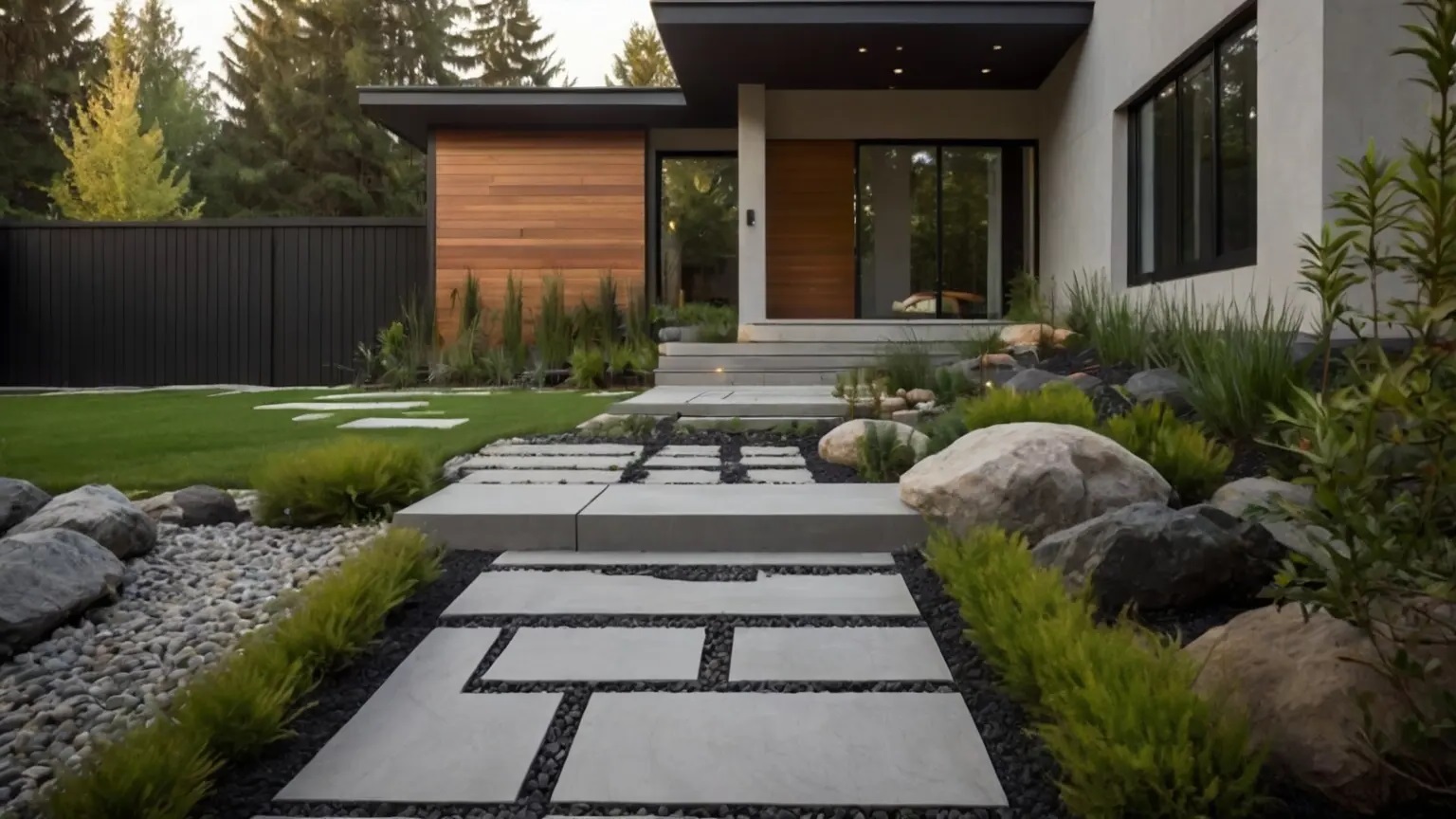

Ideas and Tips
How To Design A Low-Maintenance Front Yard
Published: August 28, 2024
Learn how to design a low-maintenance front yard with smart plant choices, hardscaping, and efficient irrigation for a beautiful, hassle-free outdoor space.
(Many of the links in this article redirect to a specific reviewed product. Your purchase of these products through affiliate links helps to generate commission for Storables.com, at no extra cost. Learn more)
Designing a low-maintenance front yard is a great way to enhance the aesthetic appeal of your home while minimizing the time and effort required for upkeep. With the right combination of plants, hardscaping, and smart design choices, you can create a beautiful and functional outdoor space that fits seamlessly into your busy lifestyle. In this article, we will explore the key elements and strategies for designing a low-maintenance front yard.
Assess Your Climate and Soil
Before you start designing your front yard, it's crucial to understand the local climate and soil conditions. Different regions have unique weather patterns and soil types that can significantly impact plant growth and maintenance needs. For example, areas with high rainfall may require plants that can handle excess water, while dry climates necessitate drought-resistant species.
Soil Testing: Conducting a soil test can provide valuable insights into the pH level, nutrient content, and overall health of your soil. This information will help you choose plants that are well-suited to your soil conditions.
Climate Considerations: If you live in an area with extreme temperatures or heavy rainfall, consider using plants that are tolerant of these conditions. For instance, succulents are excellent for hot and dry climates, while ferns thrive in humid environments.
Select Low-Maintenance Plants
Choosing the right plants is one of the most critical steps in designing a low-maintenance front yard. Opt for species that are known for their hardiness and require minimal care. Here are some popular options:
-
Succulents: These plants store water in their leaves, stems, or roots, making them perfect for areas with low rainfall. Succulents come in a variety of shapes, sizes, and colors, adding visual interest to your yard without requiring frequent watering.
-
Native Plants: Native plants are adapted to local conditions and often require less maintenance than non-native species. They also provide a natural habitat for local wildlife, which can enhance biodiversity in your yard.
-
Ground Covers: Ground covers like creeping thyme or sedum can fill gaps between pavers or stones while requiring minimal watering and mowing.
-
Drought-Tolerant Grasses: If you prefer to have grass in your front yard, consider using drought-tolerant varieties like buffalo grass or blue grama. These grasses can survive with less water and mowing.
Incorporate Hardscaping
Hardscaping refers to the use of non-plant materials like stone, brick, gravel, and concrete to create pathways, patios, and other features in your yard. Hardscaping not only reduces maintenance but also adds visual appeal and functionality.
Pathways: Use gravel or decomposed granite for pathways as they are easy to install and require minimal upkeep. These materials also allow water to percolate through them, reducing the risk of puddles.
Patios: Concrete or stone patios are durable and low-maintenance options that can be used for outdoor seating areas. Consider adding a layer of sand or weed barrier fabric under the pavers to prevent weeds from growing up through them.
Retaining Walls: Retaining walls made from stone or brick can help control erosion and create different levels in your yard. They also provide additional seating areas or planters for flowers or herbs.
Implement Smart Irrigation Systems
Irrigation systems are essential for keeping your plants healthy, but they can also be a significant source of maintenance if not designed properly. Here are some tips for implementing smart irrigation systems:
-
Drip Irrigation: Drip irrigation delivers water directly to the roots of plants, reducing evaporation and runoff. This method is highly efficient and can be automated using timers or sensors.
-
Rain Sensors: Rain sensors can detect rainfall and automatically turn off the irrigation system when it rains, preventing overwatering.
-
Smart Controllers: Smart controllers allow you to program watering schedules based on soil moisture levels, weather forecasts, and plant types. These systems can be controlled remotely using smartphones or tablets.
Add Decorative Elements
While functionality is important in a low-maintenance front yard, it's also crucial to add decorative elements that enhance its aesthetic appeal. Here are some ideas:
-
Outdoor Lighting: Solar-powered lights are an excellent choice for outdoor lighting as they require no electricity and are easy to install. They come in various styles and can be used to highlight specific features like pathways or statues.
-
Decorative Rocks: Decorative rocks or pebbles can add color and texture to your yard without requiring much maintenance. They also help with drainage by allowing water to flow through them easily.
-
Birdhouses and Bird Feeders: Attracting birds and other wildlife can add a natural element to your yard while providing entertainment for you and your family.
Read more: How To Design A Low-Maintenance Landscape
Consider Mulch and Compost
Mulch and compost are essential tools for maintaining a healthy and low-maintenance yard. Here’s how you can use them effectively:
-
Mulch: Mulch helps retain moisture in the soil, suppresses weeds, and regulates soil temperature. Organic mulches like wood chips or bark are biodegradable and can be replenished annually.
-
Compost: Compost enriches the soil with nutrients, improves its structure, and supports beneficial microorganisms. You can create your own compost using kitchen scraps, leaves, and other organic materials.
Regular Maintenance Tasks
While designing a low-maintenance front yard is crucial, regular maintenance tasks are still necessary to keep it looking its best. Here are some tasks you should perform regularly:
-
Weeding: Regular weeding helps prevent weeds from taking over your yard. Use tools like hand weeding forks or herbicides specifically designed for outdoor use.
-
Pruning: Prune plants regularly to maintain their shape and promote healthy growth. Use sharp pruning shears to avoid damaging plant tissues.
-
Fertilizing: Fertilize plants seasonally using organic fertilizers like compost tea or synthetic options like balanced fertilizers (10-10-10 NPK).
-
Inspecting Irrigation Systems: Regularly inspect irrigation systems for leaks or blockages that could affect their efficiency.
Conclusion
Designing a low-maintenance front yard requires careful planning and execution. By selecting the right plants, incorporating hardscaping elements, implementing smart irrigation systems, adding decorative elements, considering mulch and compost, and performing regular maintenance tasks, you can create an attractive outdoor space that fits seamlessly into your busy lifestyle. Remember to assess your climate and soil conditions first to ensure that your design choices are tailored to your specific environment. With these strategies in place, you'll be able to enjoy a beautiful and functional front yard without the hassle of constant upkeep.
Was this page helpful?
At Storables.com, we guarantee accurate and reliable information. Our content, validated by Expert Board Contributors, is crafted following stringent Editorial Policies. We're committed to providing you with well-researched, expert-backed insights for all your informational needs.
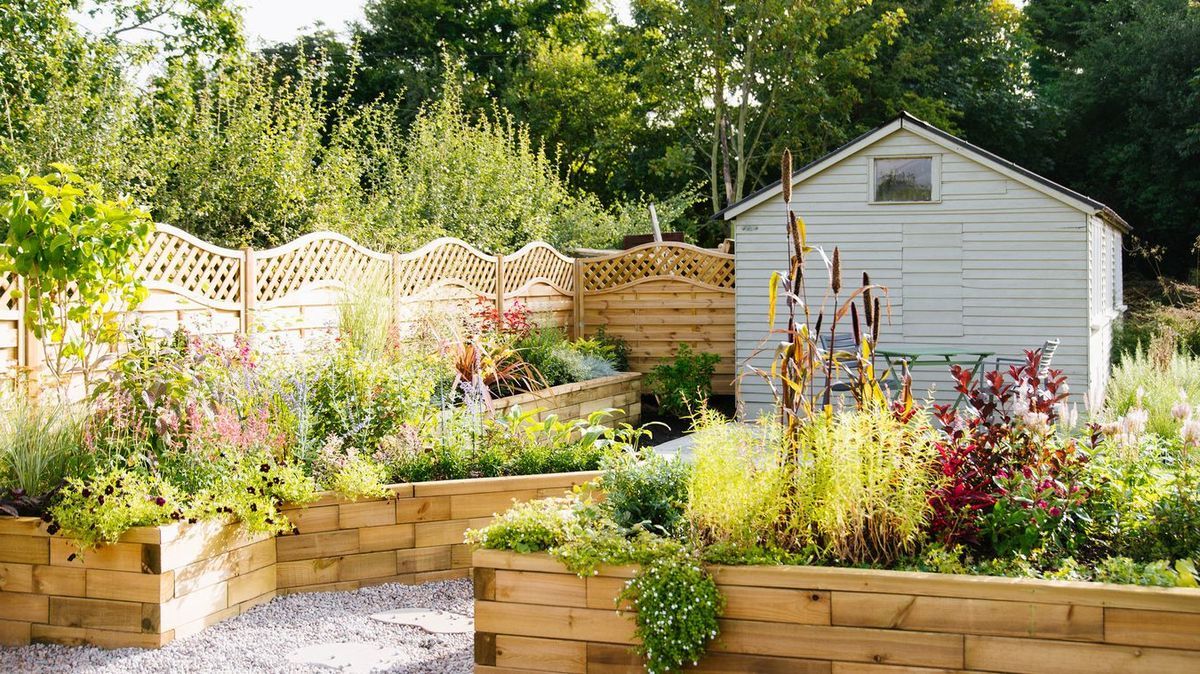
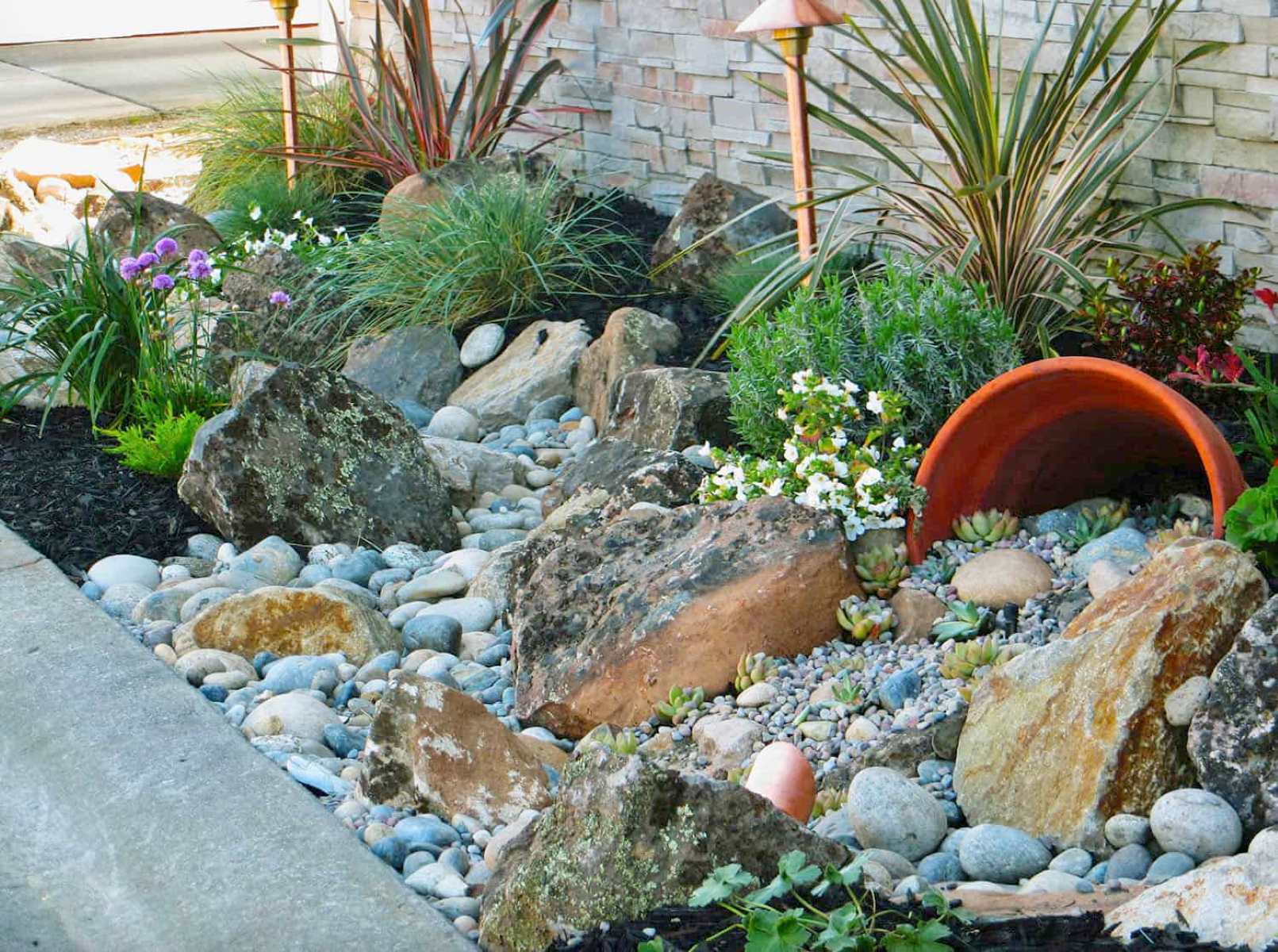
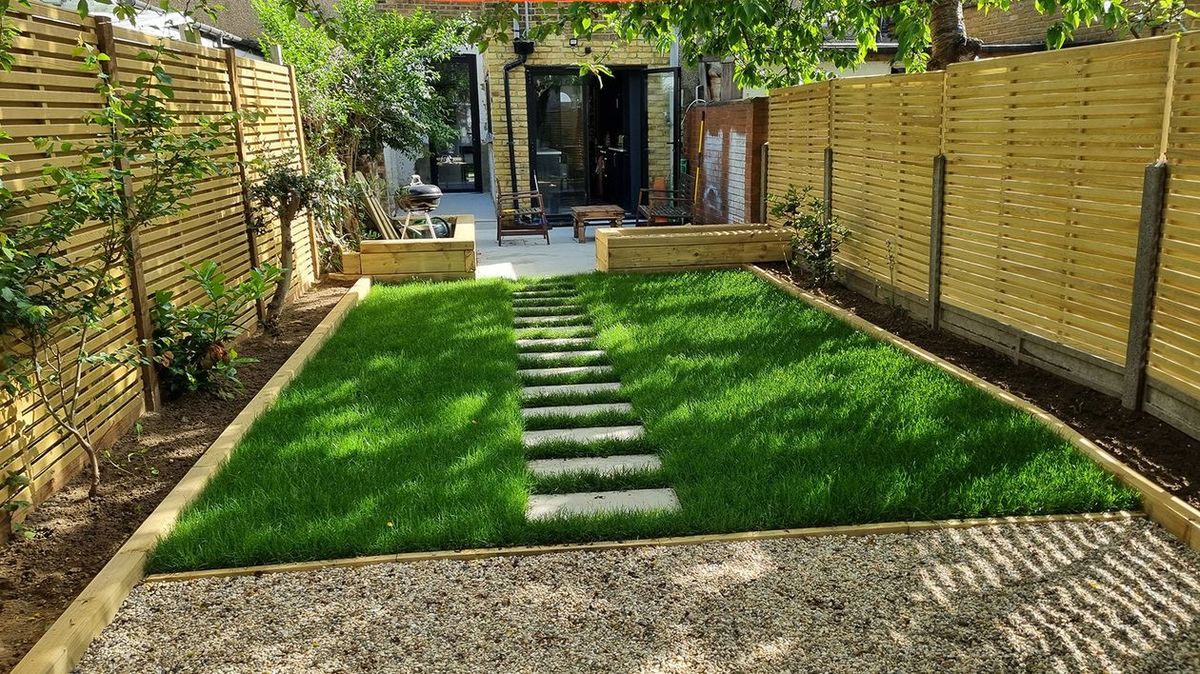
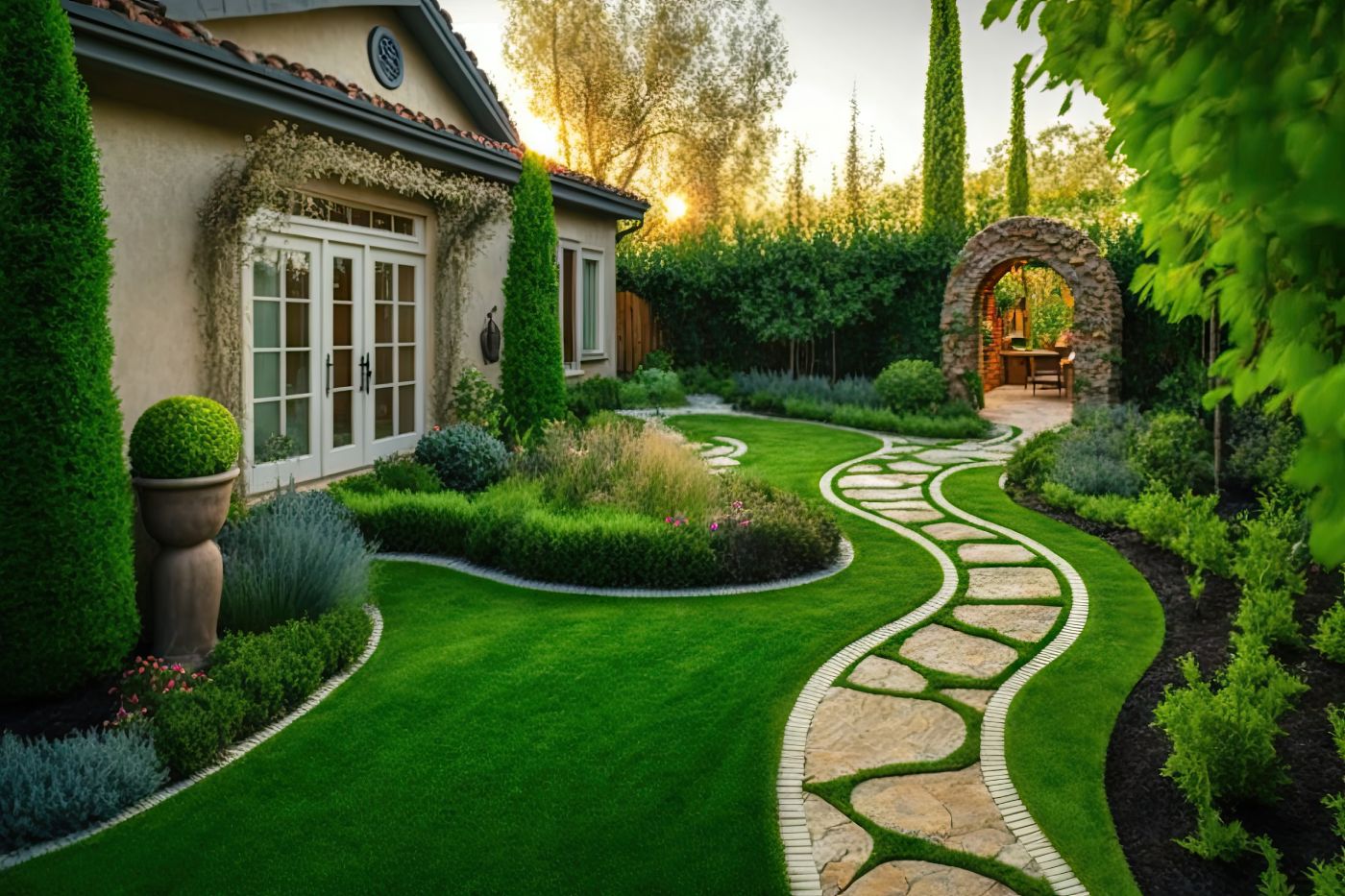
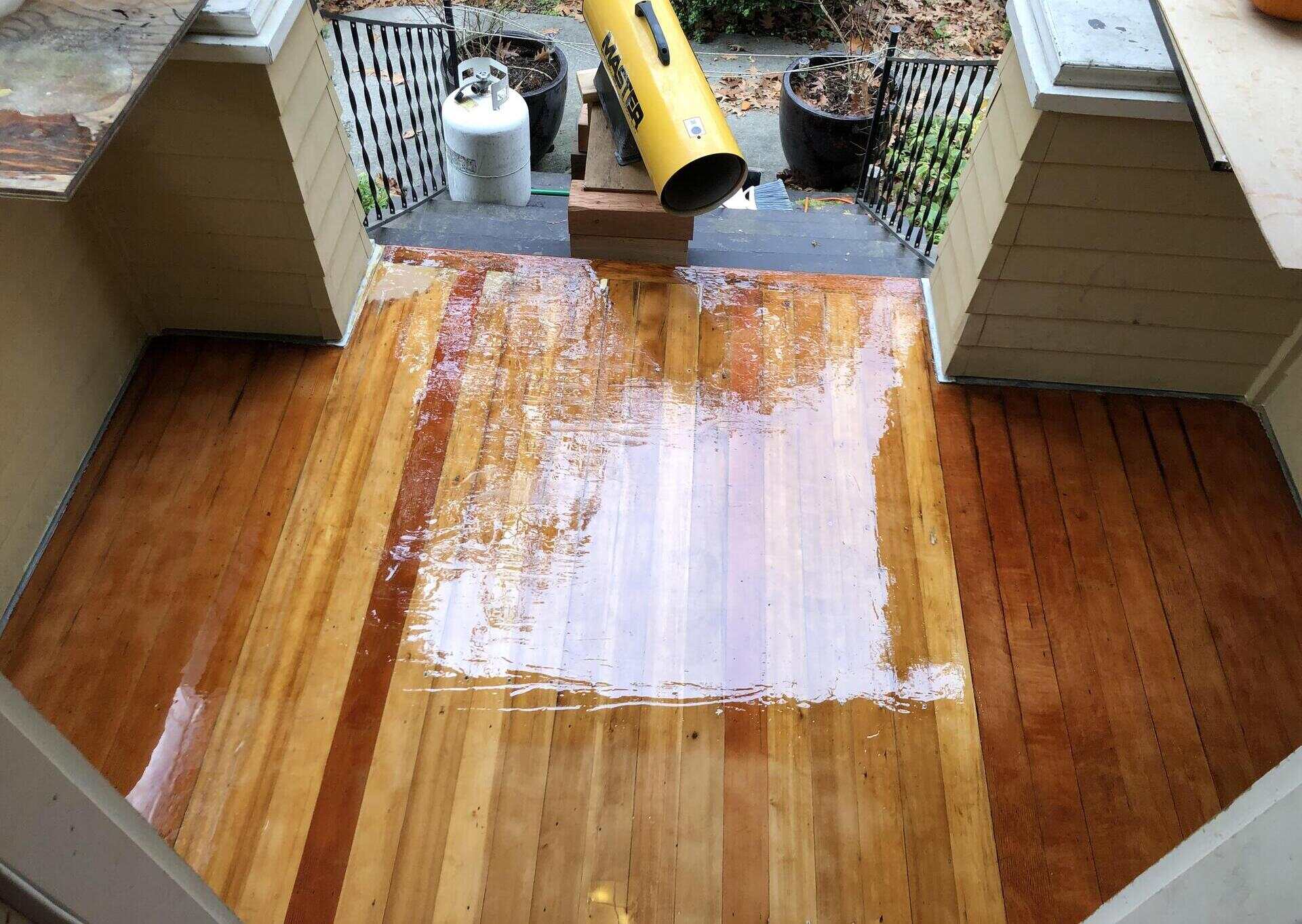
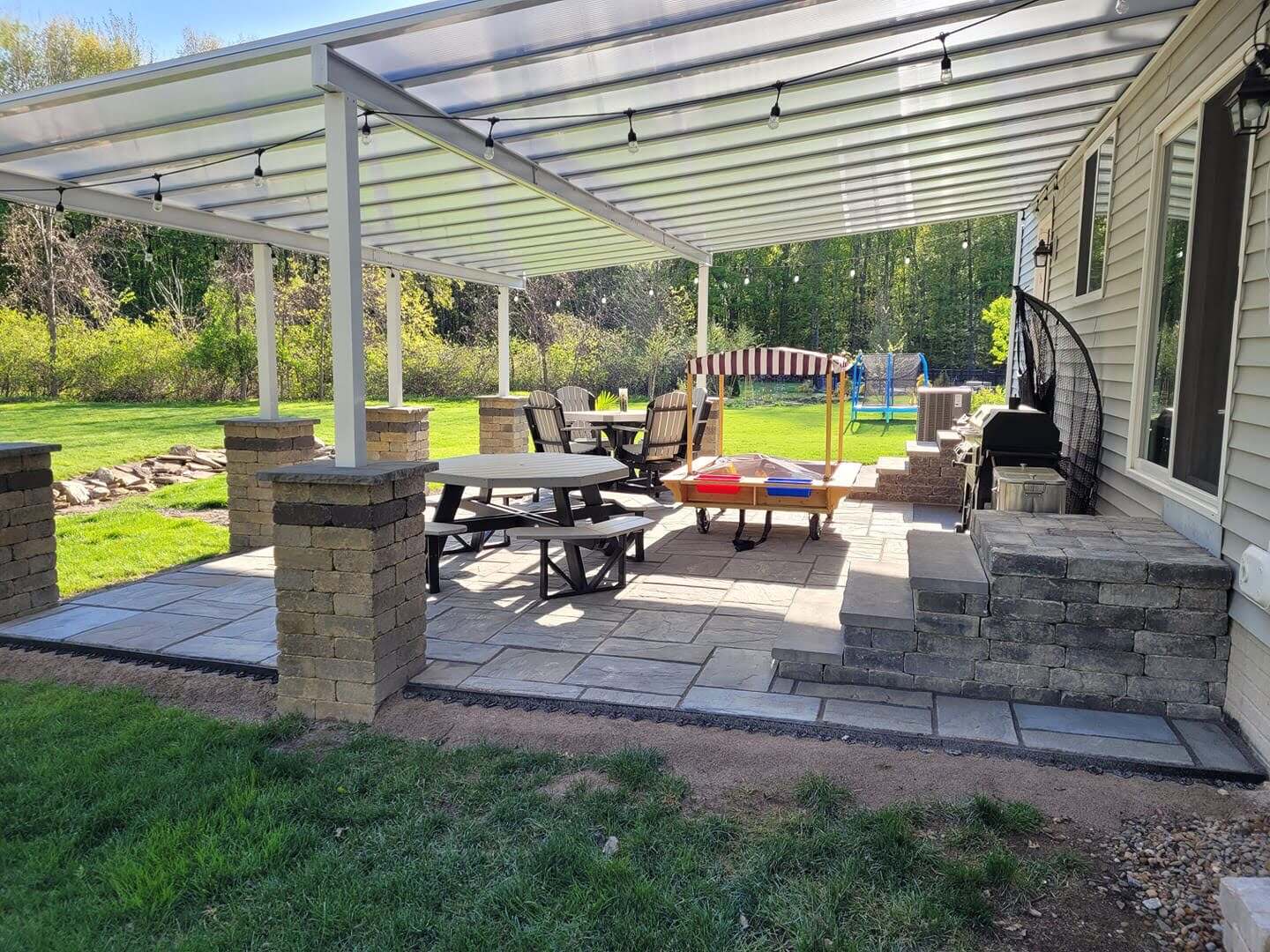
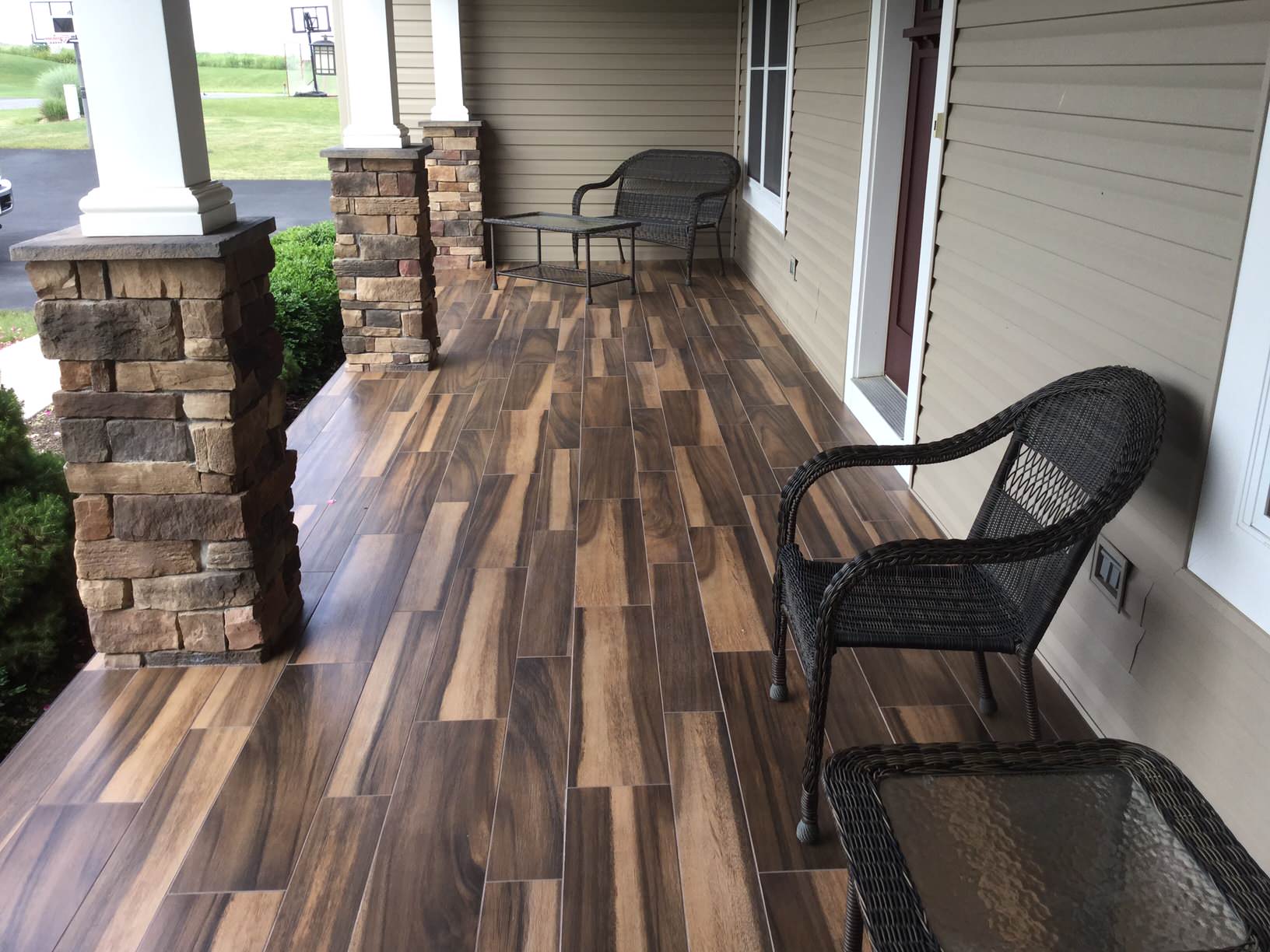
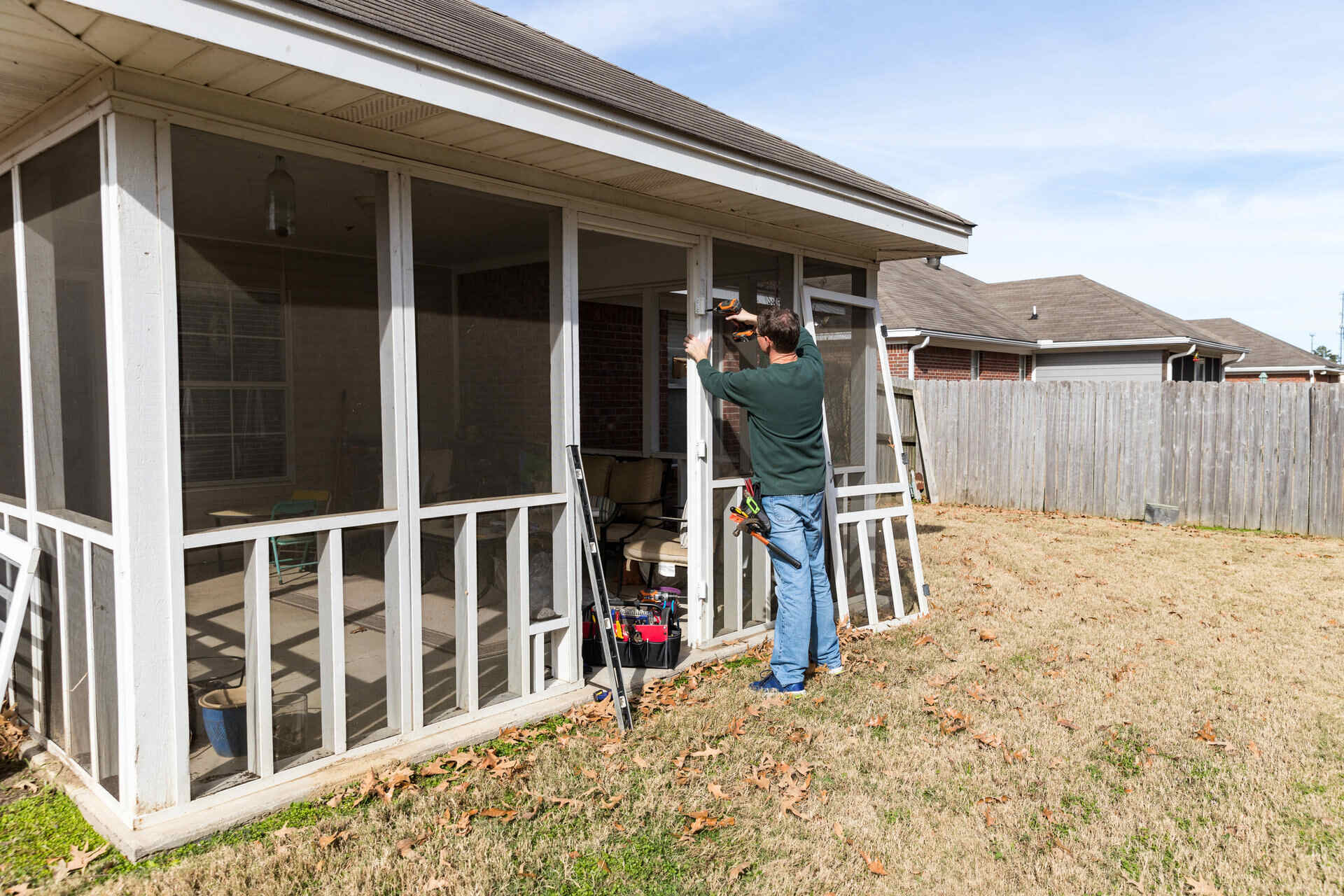
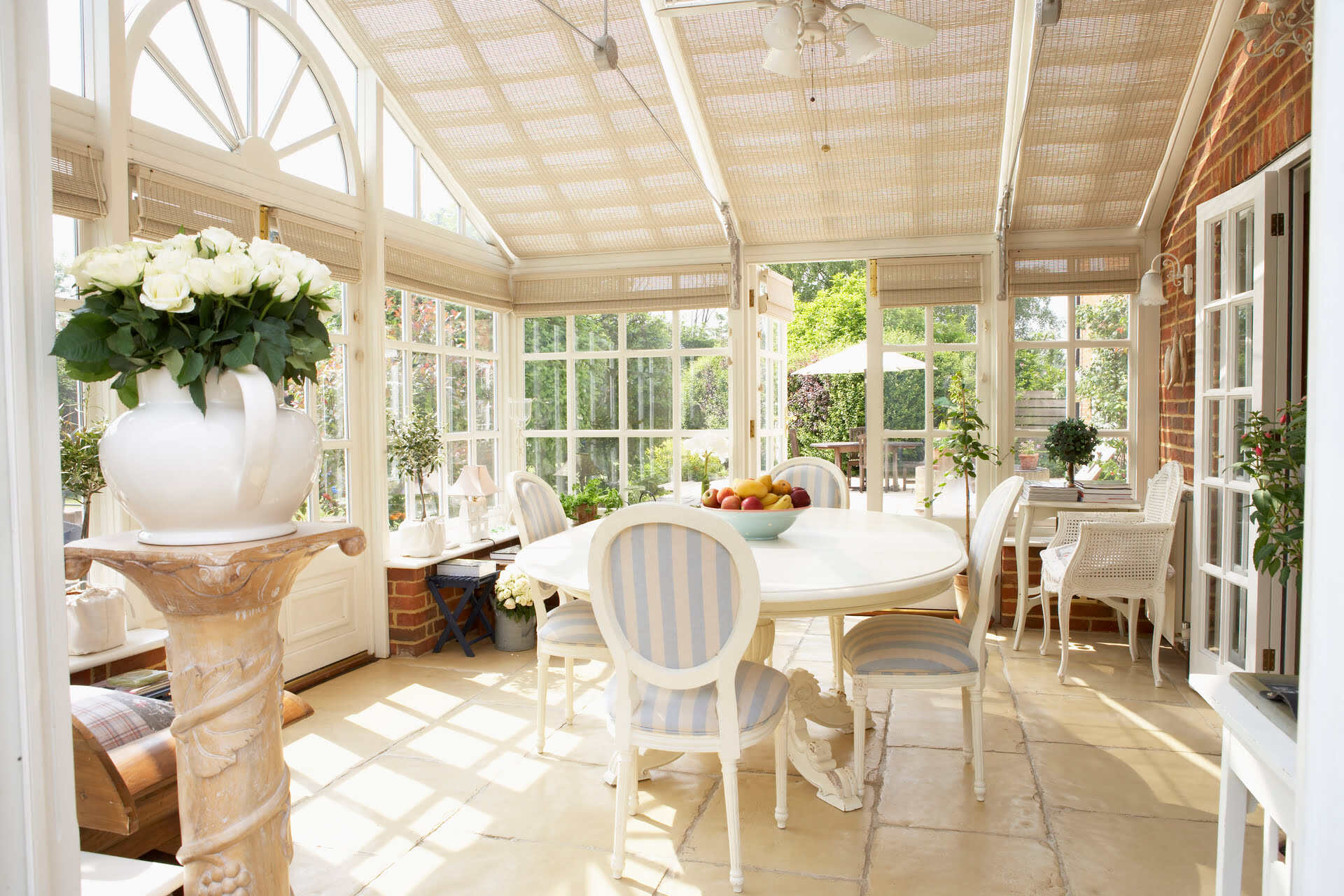
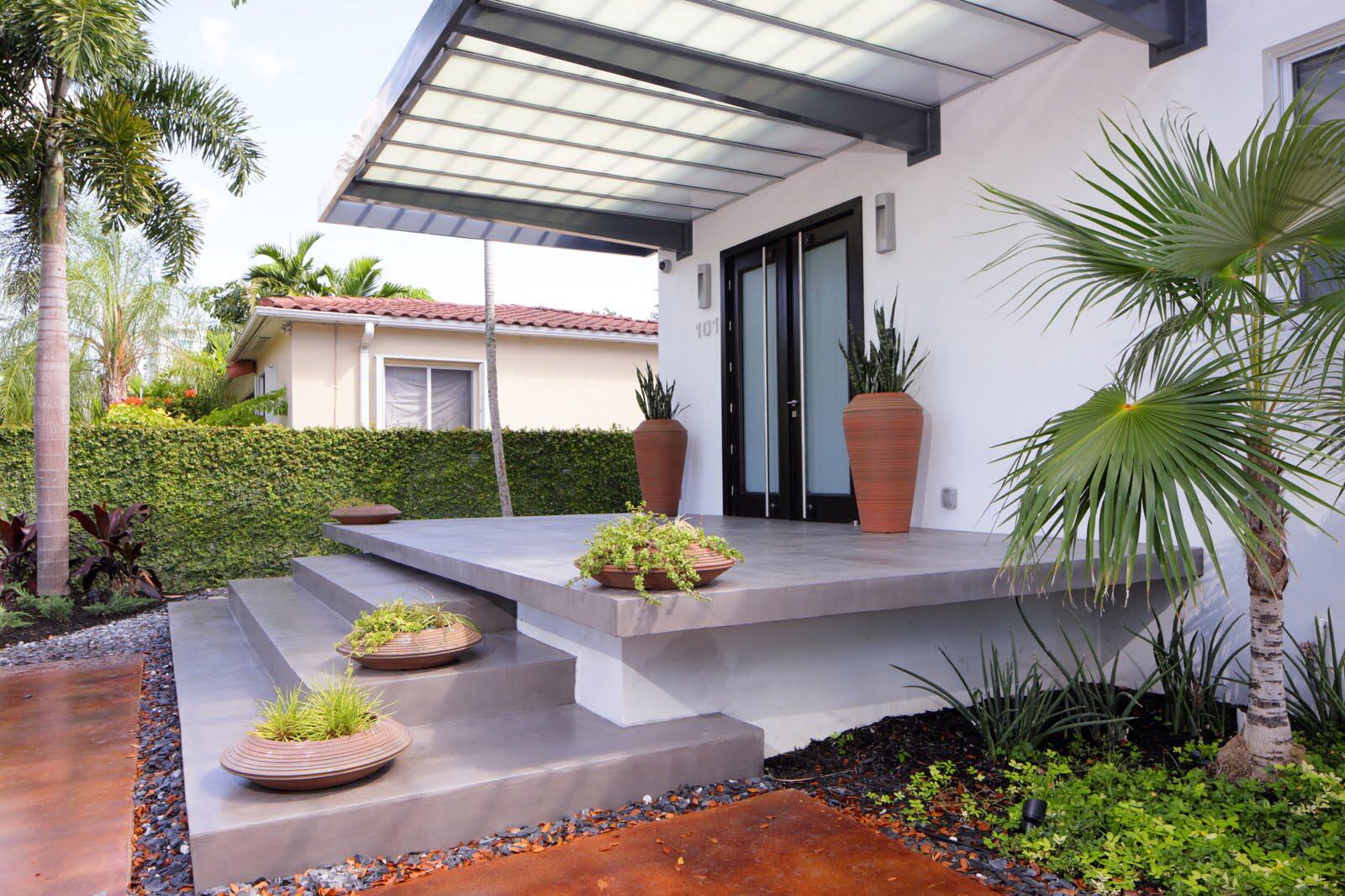
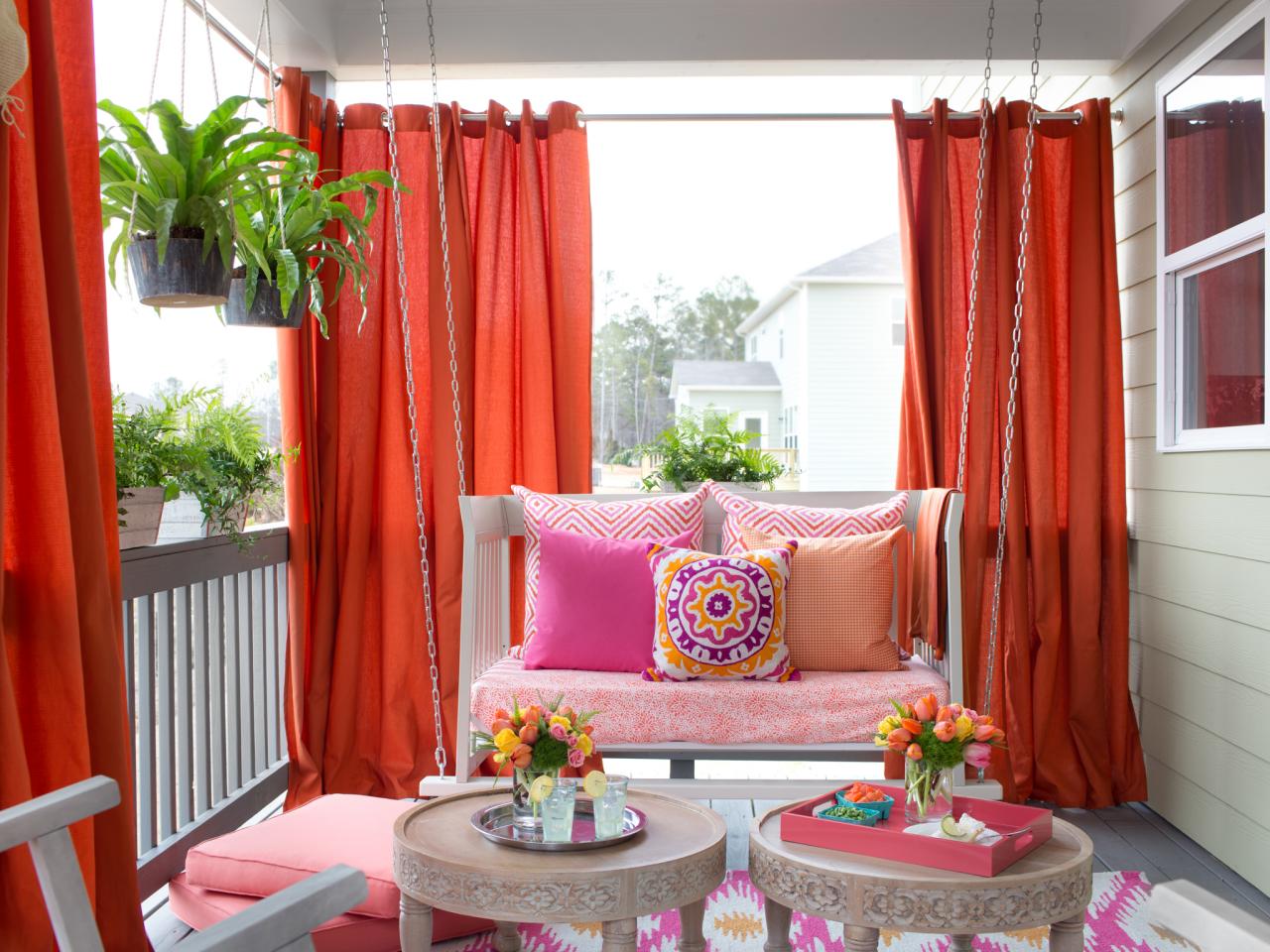
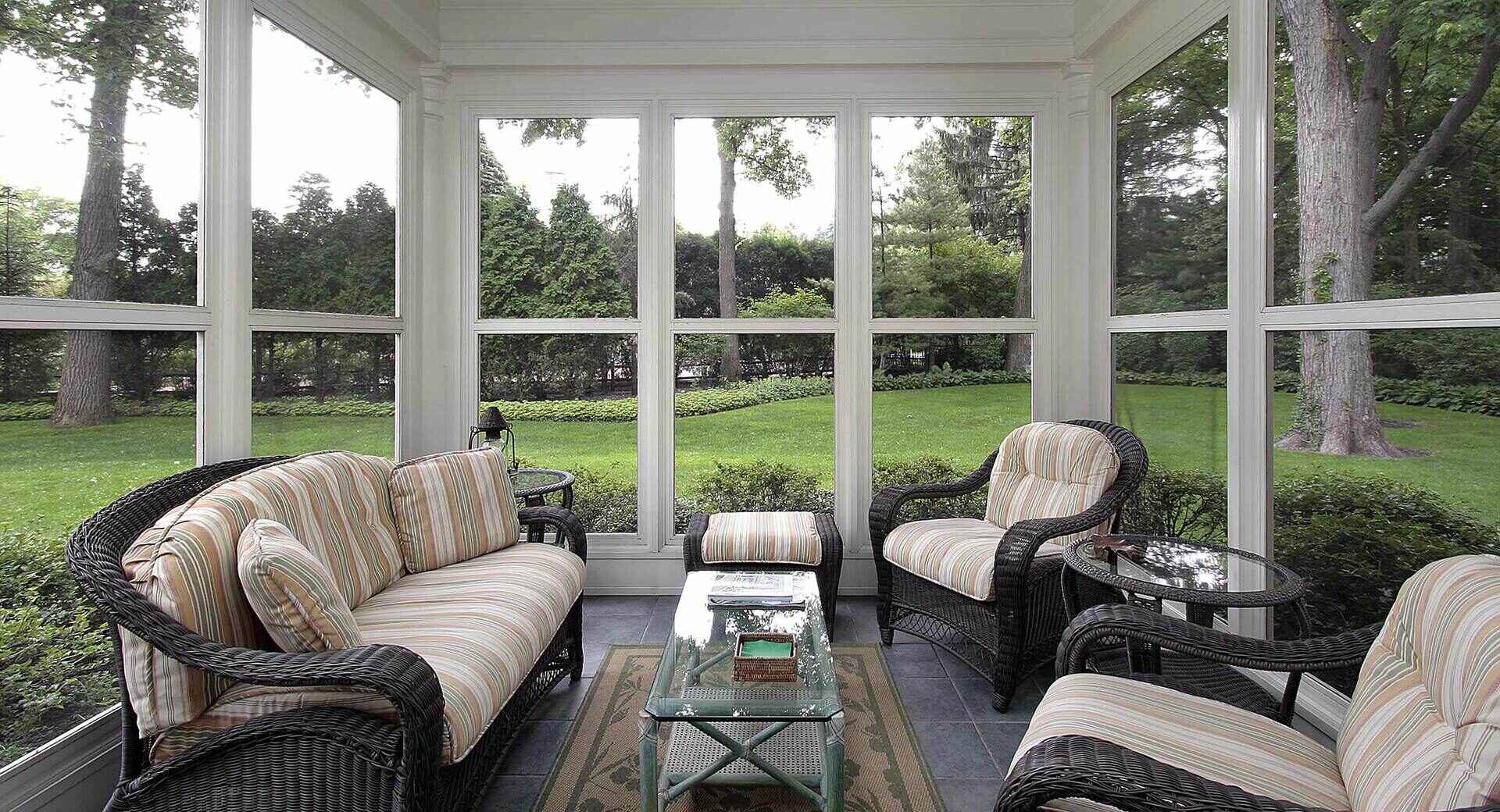
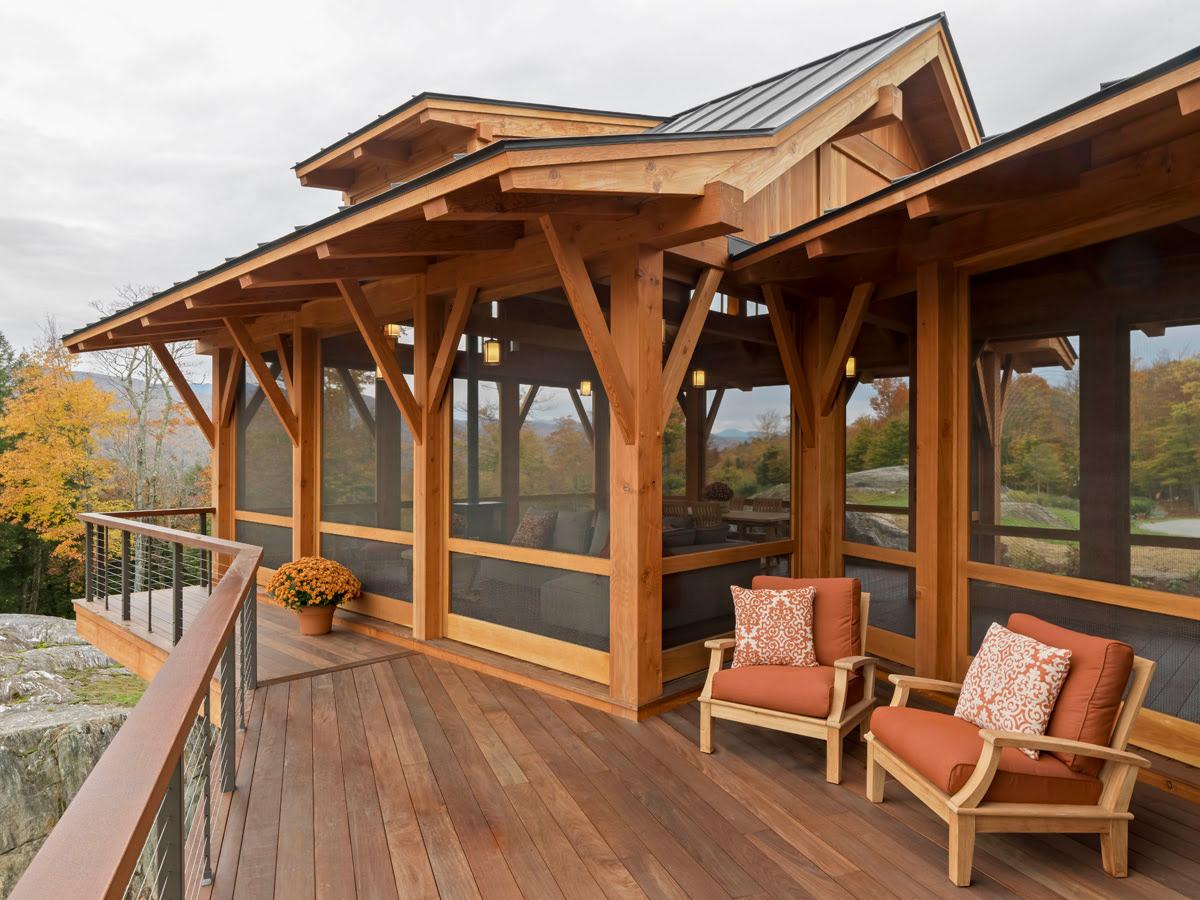
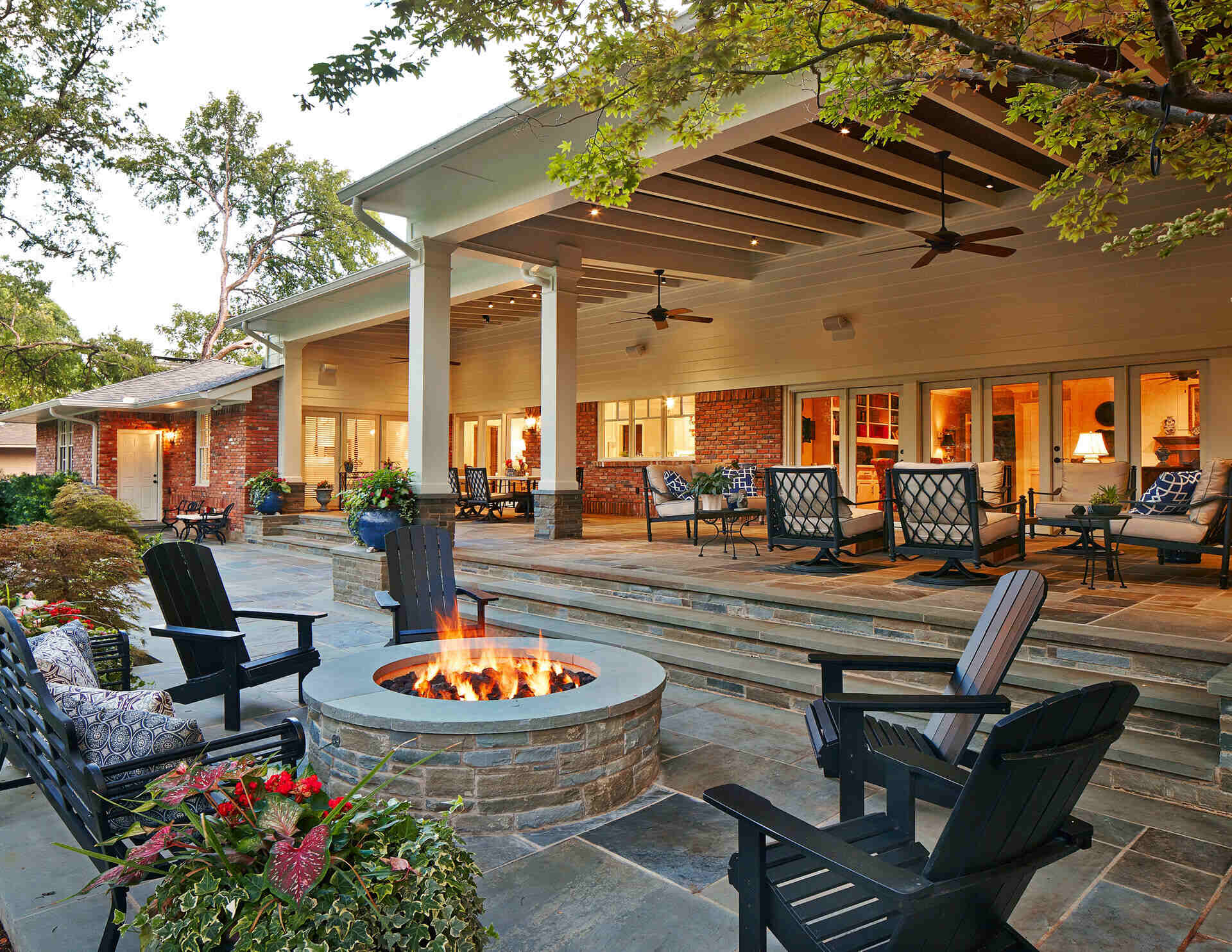

0 thoughts on “How To Design A Low-Maintenance Front Yard”